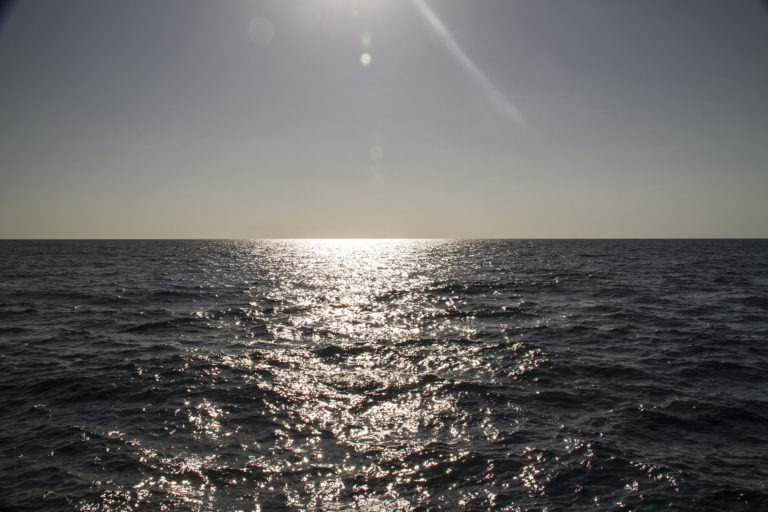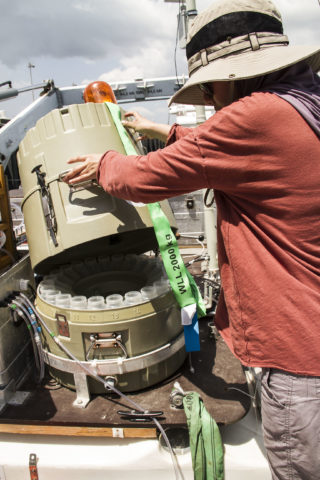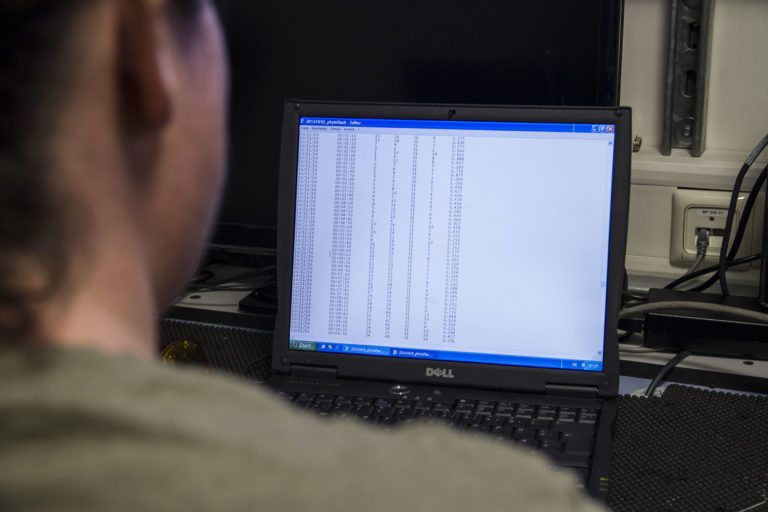We have all heard it, we know more about the universe than we do about the oceans. Many more have walked on the moon than descended to the deepest part of the ocean. The maps we have of the seafloor are generally less detailed than the maps of the planets around us. There is, no doubt, much more we need to know about the oceans we live with. The ocean is so vast; what takes precedence? Why study something as tiny as the sea surface microlayer?

Think of it as the skin of the ocean. Just like our skin, the sea surface microlayer is the first line of defense of our oceans. Key for the exchange of substances and gases between the atmosphere and the hydrosphere, and a collection point for anthropogenic materials entering the ocean. Not only is this skin extremely important for the health of the oceans, but we are beginning to learn how determinant it is for our entire planet.
One of the things we do know is that it has a significant impact on marine biogeochemical and climate-related processes on a global scale. For instance, it affects the availability of bio-limiting elements, which, in turn, affects the entire food chain. It also takes part in the production of organic-rich aerosols that influence cloud and fog formation. What is being studied onboard of R/V Falkor today is then, by no means, insignificant.

Snowball
Just because we cannot see something, does not mean it is not there. The sea surface microlayer is less than a millimeter thick but what happens inside of it has far-reaching consequences. Take climate change, for example: how the oceans absorb carbon dioxide is critical for predicting the impact of CO2 on the planet. The sea surface microlayer plays a vital role in the uptake of greenhouse gases by the ocean, one of the many reasons why its study is long overdue and incredibly important.
Learning about the biogeochemical cycling rates and mechanisms taking place within the microlayer is essential to understanding ocean ecosystems and the global carbon cycle. These processes are very intriguing and potentially of great importance for several applications.
Carrying the Can
The microlayer serves as both a source and a sink for particles in the atmosphere and the water, which is another far-ranging implication. Large quantities of those materials have been produced by us: plastics, tar lumps, hydrocarbons, and even potentially toxic metals. Once they reach the ocean, they become its problem to deal with. Within the microlayer, those substances are found at concentrations a lot greater than in the water right underneath it. How these unique processes occurring inside the microlayer affect the fate of anthropogenic substances is not yet clear. However, the scientists on board of Falkor hope to obtain more information, which will bring us one step closer to finding out.
Many important questions remain to be examined about our oceans, but right now the sea surface microlayer is receiving the attention it deserves.


